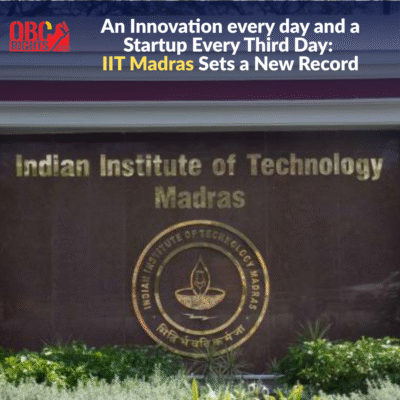What are Indian Institute of Technology?
Indian Institute of Technology IITs are the prime/elite institutions that contribute to Engineering / Technology education in India. People like Sundar Pichai (Google), Narayana Murthy (Infosys), Raghuram Rajan (RBI), Manohar Parrikar (former CM, Goa), Sachin Bansal (Flipkart), etc. were among the few renowned Alumni of IITs. An IIT graduate is anticipated to secure a job with a lucrative salary.
The average salary for UG candidates in Arts, Engineering, etc., passing out of an IIT is Rs. 30.5 Lakhs per Annum (2023), and for a PG candidate is Rs. 24.5 Lakhs per annum (2023).
Hence it is a dream for so many students who are pursuing Higher Secondary education to get admission into an IIT, which is one of the prestigious Institutions in India.
How to Get Admission in Indian Institute of Technologies:
Candidates pursuing engineering degrees from IITs often grapple with the question of how to secure admission to B Tech. The IIT admission process administers various undergraduate programs through JEE Advanced. The institutes will release the merit list based on the JEE scores. The candidates who are shortlisted in the merit list will be called for JoSAA counseling. While reporting for admission to the institute allotted during the counseling, candidates have to carry valid documents. However, candidates are required to meet the IIT admission criteria laid down by the authorities.
Step 1: Get registered for Indian Institute of Technologies admissions
Candidates meeting all IIT admission requirements must register on the official registration portal, jeeadv.ac.in, for the admission process at IIT. Candidates must ensure that they provide correct information and upload all the documents mentioned on the portal carefully.
Step 2: Take the JEE Advanced Exam
After eligible candidates register for the JEE Advanced and receive their admit cards, they must attend both Paper 1 and Paper 2 of the exam.
Step3: Admission to IITs through JoSAA
To secure admission to IITs, qualified candidates participate in a unified counseling process named JoSAA (Joint Seat Allocation Authority), where they indicate their preferences for both branches and institutes.
There are 23 IITs in India:
| S. No | Name | Abbreviation | State/UT |
| 1 | IIT Kharagpur | IITKGP | West Bengal |
| 2 | IIT Bombay | IITB | Maharashtra |
| 3 | IIT Madras | IITM | Tamil Nadu |
| 4 | IIT Kanpur | IITK | Uttar Pradesh |
| 5 | IIT Delhi | IITD | Delhi |
| 6 | IIT Guwahati | IITG | Assam |
| 7 | IIT Roorkee | IITR | Uttarakhand |
| 8 | IIT Ropar | IITRPR | Punjab |
| 9 | IIT Bhubaneswar | IITBBS | Odisha |
| 10 | IIT Gandhinagar | IITGN | Gujarat |
| 11 | IIT Hyderabad | IITH | Telangana |
| 12 | IIT Jodhpur | IITJ | Rajasthan |
| 13 | IIT Patna | IITP | Bihar |
| 14 | IIT Indore | IITI | Madhya Pradesh |
| 15 | IIT Mandi | IITMD | Himachal Pradesh |
| 16 | IIT Varanasi | IIT BHU | Uttar Pradesh |
| 17 | IIT Palakkad | IITPKD | Kerala |
| 18 | IIT Tirupati | IITT | Andhra Pradesh |
| 19 | IIT Dhanbad | IIT DHN | Jharkhand |
| 20 | IIT Bhilai | IITBH | Chhattisgarh |
| 21 | IIT Dharwad | IITDH | Karnataka |
| 22 | IIT Jammu | IITJMU | Jammu and Kashmir |
| 23 | IIT Goa | IIT GOA | Goa |
B.Tech/B.Arch Admissions :
The number of qualifiers is determined by the cutoffs set by the different Indian Institute of Technology IITs. The cutoff list will be released based on considering various factors. The cutoff marks vary for different categories such as general, economically weaker sections, and backward classes. IIT Kharagpur will publish the cutoff marks on its website, indicating the minimum marks needed to qualify for JEE Advanced for IIT admissions. All candidates who qualify for JEE Advanced are eligible for admission to the IIT.
No admission to the Indian Institute of Technology without a JEE
Candidates aiming for BTech admission to IIT must meet the mandatory eligibility criterion of possessing a valid JEE Advanced score, which entails first appearing for the JEE Main exam and being among the top 2,50,000 qualifiers, followed by qualifying in the JEE Advanced exam for admission to IIT BTech programs.


